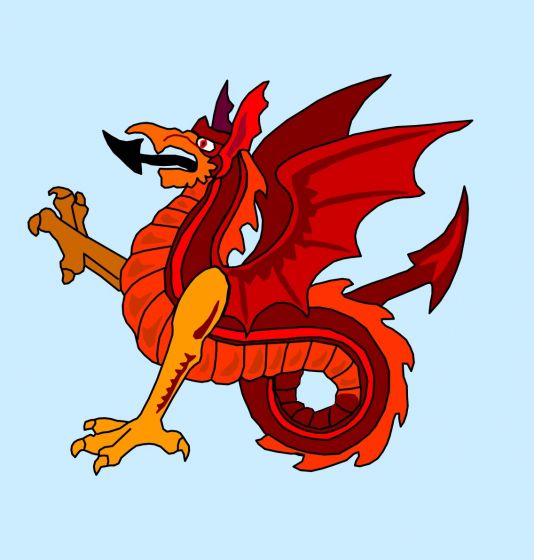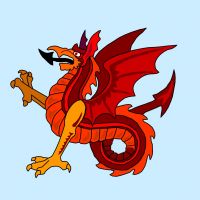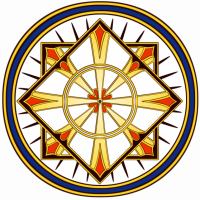
Wyvern
Wyvern
About
- Username
- Wyvern
- Joined
- Visits
- 3,146
- Last Active
- Roles
- Member
- Points
- 5,371
- Rank
- Cartographer
- Badges
- 24
-
A necromancers hidden study
Something that might be worth thinking about is an alternative way of drawing the grid to avoid having it in areas that can't be accessed (which would help make the rooms, etc., stand out a little more). Perhaps a mask covering the areas that don't need a grid, but drawing the grid by hand for small areas would be an option too, as not too onerous.
-
Live Mapping: Postponed for a week
But you can sleep this week for once, @Quenten 😴
-
Large Map of Arda
@Quenten - The scale bar on the Pete Fenlon map is 600 long (each larger red or white division is 100), I'm guessing miles, judging by this zoomable higher-res version. I don't have the actual map or RPG materials though to definitely confirm.
-
Community Atlas: Errynor - Selass Town
-
Master Mapper 2020: Wyvern





